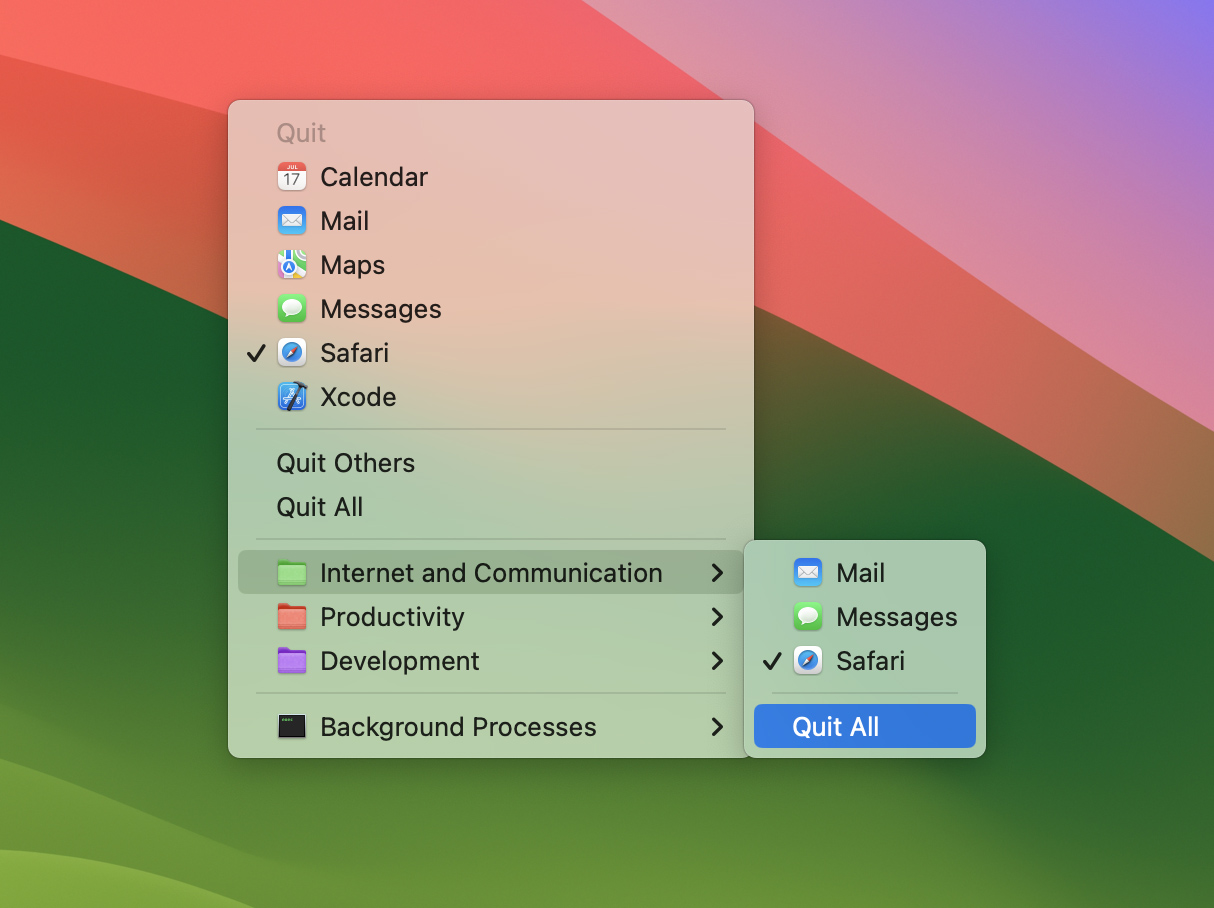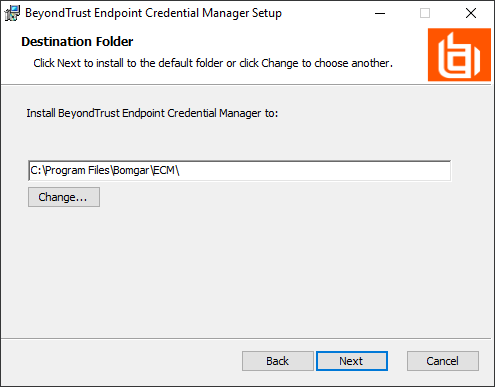


Examples of such tools are the SDMX Registry, the Data Structure Wizard (DSW) and the SDMX Reference Infrastructure (SDMX-RI). Most of these tools are of an open source nature, so that they can be used as components for building IT systems in statistical organisations. Many IT tools have been developed to support the use and implementation of SDMX. The first set of guidelines was published in January 2009.
#Ecb application wizard code
The statistical guidelines aim at providing general statistical governance as well as common (“cross-domain”) concepts and code lists, a common classification of statistical domains and a common terminology. The Information Model which forms the core of SDMX has been developed to support statistics as collected and used by governmental and international statistical organisations, and this model is also applicable to other organisational contexts involving statistical data and related metadata. In 2013, SDMX was published by the International Organization for Standardization (ISO) as International Standard (IS) 17369. Version 2.0 was approved in November 2005. The first version of the SDMX technical standard (1.0) was finalised in 2004 and approved in 2005 by the International Organization for Standardization (ISO) as a Technical Specification (ISO/TS 17369: 2005 SDMX). Taken together, the technical standards, the statistical guidelines and the IT architecture and tools can support improved business processes for any statistical organisation as well as the harmonisation and standardisation of statistical metadata. technical standards (including the Information Model)īut SDMX is not just a format for data exchange.It provides an integrated approach to facilitating statistical data and metadata exchange, enabling interoperable implementations within and between systems concerned with the exchange, reporting and dissemination of statistical data and their related meta-information.
#Ecb application wizard iso
SDMX, which stands for Statistical Data and Metadata eXchange, is an ISO standard designed to describe statistical data and metadata, normalise their exchange, and improve their efficient sharing across statistical and similar organisations. Mapping of Existing Training Material available with Capabilities and Tools -draftģ. Practical Use of SDMX-ML for the Publication of Statistical Data


 0 kommentar(er)
0 kommentar(er)
